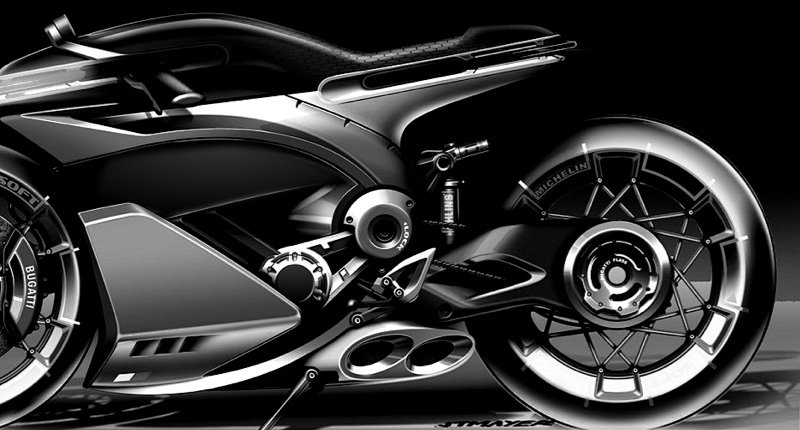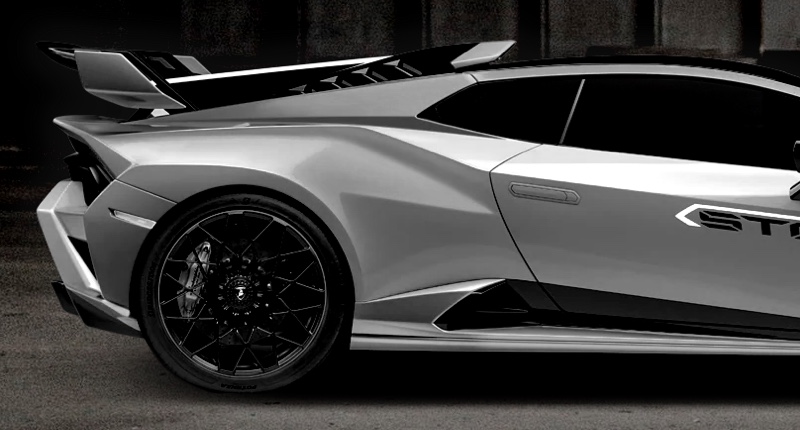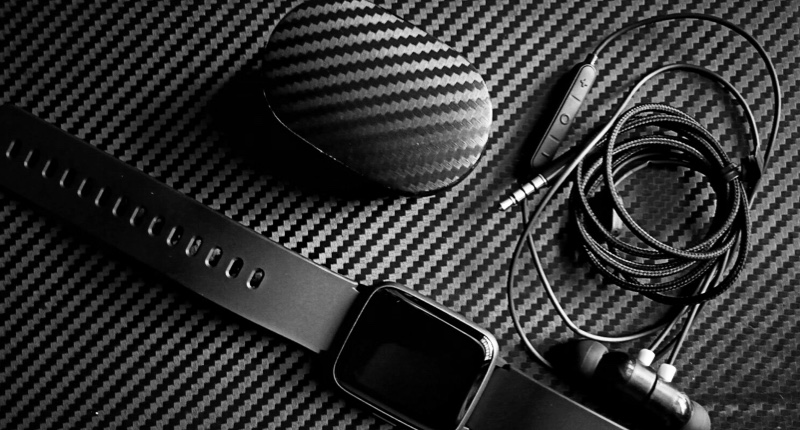how do you make carbon fiber parts | Supreem Carbon Expert Guide
- How Do You Make Carbon Fiber Parts?
- 1. What Materials Are Used in Making Carbon Fiber Parts?
- 2. What Are the Common Manufacturing Processes?
- 3. How Long Does It Take to Make Carbon Fiber Parts?
- 4. What Are the Cost Drivers in Carbon Fiber Parts Manufacturing?
- 5. How Is Quality Controlled in Carbon Fiber Manufacturing?
How Do You Make Carbon Fiber Parts?
Carbon fiber parts are widely used in aerospace, automotive, sports equipment, and industrial applications due to their superior strength-to-weight ratio and durability. Manufacturing these parts involves several techniques, from material selection to curing. Key industry methods include hand lay-up, resin transfer molding, and autoclave curing. Understanding these methods and factors like costs, materials, and quality control will help buyers make informed decisions.
1. What Materials Are Used in Making Carbon Fiber Parts?
The primary materials include carbon fiber fabric (woven or unidirectional) and resin matrices such as epoxy, vinyl ester, or polyester. Epoxy resin is preferred for high-performance parts due to excellent adhesion and mechanical properties. Carbon fiber tow and prepreg (pre-impregnated with resin) are also common.
2. What Are the Common Manufacturing Processes?
Typical methods include:
- Hand Lay-Up: Layers of carbon fiber fabric are manually placed in a mold and saturated with resin, then cured. This is cost-effective but labor-intensive.
- Resin Transfer Molding (RTM): Fibers are placed in the mold, then resin is injected under pressure, offering repeatability and good mechanical properties.
- Autoclave Curing: Prepreg materials are vacuum-bagged and cured in an autoclave, providing the highest quality with strong fiber-resin bonding.
3. How Long Does It Take to Make Carbon Fiber Parts?
Cycle times vary significantly based on methods. Hand lay-up curing can take 8-24 hours at room temperature. Autoclave curing typically lasts 2-4 hours at elevated temperatures (~120-180°C) under pressure, enabling faster production for aerospace-grade parts. RTM processes can complete in under an hour once settings are optimized.
4. What Are the Cost Drivers in Carbon Fiber Parts Manufacturing?
Carbon fiber material costs range from $10 to $30 per pound depending on grade and weave. Epoxy resin adds $5-$15 per pound. Labor intensity, production volume, and tooling complexity also influence costs. High-quality prepreg can cost $50-$70 per square meter. Autoclave curing requires expensive equipment investment, increasing fixed costs.
5. How Is Quality Controlled in Carbon Fiber Manufacturing?
Quality control includes visual inspection, ultrasonics for internal defects, and adhesion testing. Mechanical properties are tested per ASTM standards. Vacuum bagging and moisture control are critical to avoid voids. For aerospace and automotive parts, rigorous certification and traceability processes are mandatory.
Conclusion: For procurement professionals and manufacturers in the carbon fiber industry, understanding the material properties, manufacturing processes, cycle times, costs, and quality assurance methods is essential to optimize production and meet end-use requirements. Staying updated on industry best practices and technological advances provides a competitive edge.

Лучший производитель углеродного волокна в Китае

Lamborghini Urus engine compartment carbon fiber kit released by Supreem Carbon.

Best 10 Carbon Fiber Parts Manufacturers in 2026: Industry Leaders Ranked

Xiaomi SU7 Carbon Fiber Aerodynamic Body Kit – Supreem Carbon Testing Feedback

Rev Up Your Ride: Supreem Carbon - China's Finest Custom Motorcycle Carbon Fiber Parts

Is carbon fiber good for cars?
For Products
What is main products for factory?
Supreem carbon mainly produce carbon fiber custom products for automobile and motorcycle accessaries, including the design, develop and manufacturing of appearance parts, interior parts, functional parts, etc. Other carbon fiber custom goods also can produce for you.
Are you parts have UV protected?
Absolutely! We use multiple layers of premium quality automotive clear (or matt) coats on our products, which ensure that they will remain super pretty for years to come.
For Facotry
When is Supreem carbon founded?
Our company formally established in early 2017.
For Customized Service
What can be customized in addition to customized carbon fiber parts?
You can customize your company logo, packaging, even the color of coating and so on.
For After-sales Service
What can I do if the carbon fiber products arrived is broken?
Please give us feedback as soon as possible and we will send new one to you.

Yamaha MT10 Carbon Fiber Exhaust cover

Carbon Fiber Watch Custom

Kawasaki ZX10R Carbon Fiber Front Fender

Honda CBR1000RR-R Carbon Fiber Airbox Cover Custom
Let’s Bring Your Carbon Fiber Ideas to Life
Have a question or inquiry about our carbon fiber composite products? Leave us a message here, and our team will get back to you promptly.
Whether you're interested in custom orders, technical specifications, or partnership opportunities, we're here to assist you.
Please fill out the fields above with your name, email address, and message.
© 2024 Supreem Carbon All Rights Reserved.





Facebook
Pinterest
LinkedIn
Instagram